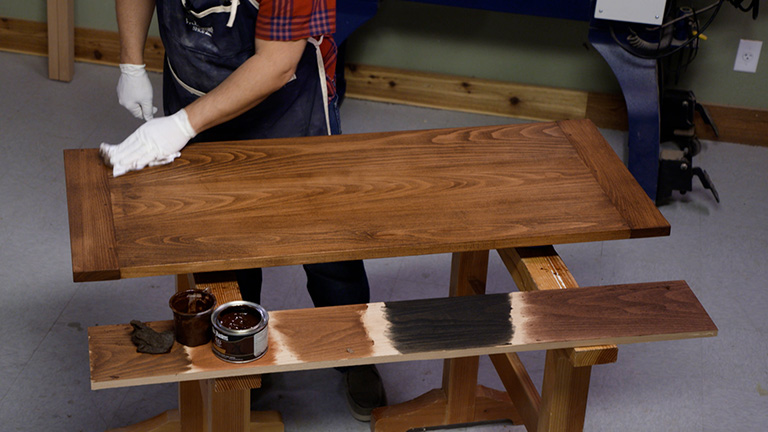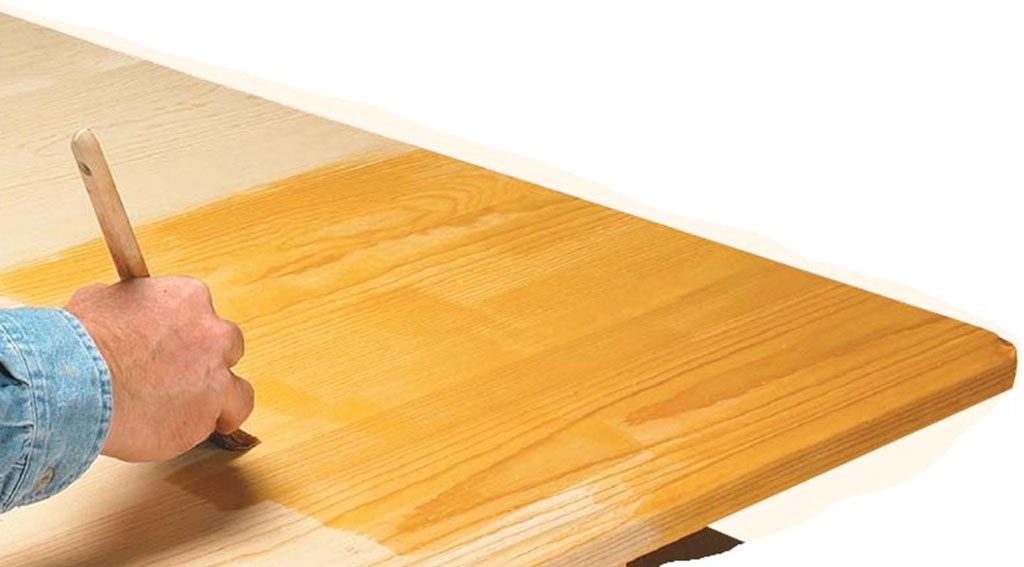I have one overall goal in mind when I’m building a project. And that’s to make it look the best I can. That involves everything from materials to joinery and finish. But I also rely on a few “secret ingredients” to make sure the results are top-notch — wood fillers.
Throughout the building process, I’m sure to find small gaps, holes, or other blemishes that I want to camouflage. To do that, I use wood fillers and putties. There are three types — latex wood filler, wood putty, and epoxy filler. Each one has characteristics to meet different needs. Best of all, you can find them at most paint stores, hardware stores, or home centers.

The problem solver I turn to most is wood filler. It’s made from finely ground wood and a binder and has the consistency of toothpaste. You can find it in tubs or tubes. What makes latex filler so versatile is that it’s easy to use. All you need to do is apply a dab of filler over the gap. After working it in a bit, wipe away the excess. I use wood filler most often to cover small gaps in joinery. I also use it to conceal tiny gaps where molding meets a case. There’s one thing I’d like to note: On wood with open pores like red oak, latex filler can plug the pores and create a visible spot once a finish is applied. The solution is simple. Mask off the blemish with tape and apply filler in as small an area as possible.

At first glance, wood putty looks a lot like filler. The key difference is that putty doesn’t really dry out and harden. That may not seem like much of a benefit. But putty is designed to be used after a finish is applied to a project. Here you can see one common use — covering nail holes after attaching molding. I wipe on a small amount of putty over the hole. Then using a soft cloth, I wipe away the excess. The putty stays in the hole but it’s easy to buff off the surrounding finish. Since the putty is applied after finishing, it’s important to match the color as closely as possible. You can usually find the color your need. But you can also mix two or more colors together to match your project.

The third type of filler is epoxy filler. Like standard epoxy, it has two parts — resin and hardener. But instead of being liquid, it’s soft like modeling clay. When the two different-colored components are kneaded together, the filler begins to harden. The main advantage of epoxy filler is it’s much harder than wood filler. So it can be used in places that are subject to wear and tear. Once dry, the epoxy filler is rock hard and waterproof. It can be sanded, routed, or even drilled to accept screws. If there’s a downside, it’s that epoxy filler won’t accept stain. So you need to match the color closely right off the bat. To get around this, you can add a small amount of artist’s oil color while mixing the filler.













